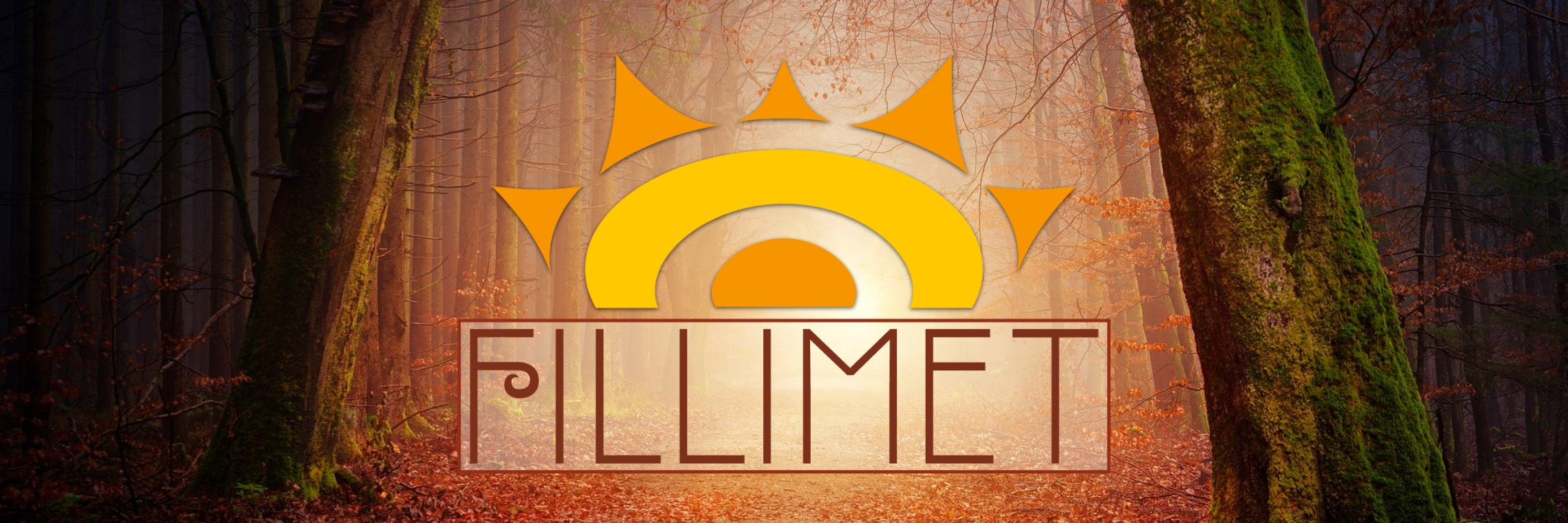Strangling Kelp
Strangling kelp is native to the Andisol Sea and the nearby Lokiran Ocean. It is named for its tendency to entangle passing ships and ensnare large sea creatures through their own struggling due to its height and loose flowing movements within the current.
Basic Information
Anatomy
Strangling kelp anchors itself to the ocean floor using a holdfast, a rootlike structure that wraps around a local rock to anchor the kelp to the sea floor. The central stalk is called the stripe, while the leaflike blades radiate from the stripe. New growth occurs at the top of the stripe.
Small gas bladders are found at the base of each blade where it joins the stalk. These provide the kelp strands with their buoyancy, allowing the stripe and blades to reach towards the water's surface.
Short, tough, hairlike extensions called snags grow from the blades and stalks of strangling kelp, evolved to snag on any rough surfaces. These catch on larger fish the more they struggle against the kelp's grip, providing bait for even larger prey before decomposing enough to drop towards the sea floor as kelp fertilizer. These snags also provide hazards for passing vessels, although they do assist in harvesting the kelp for use.
Additional Information
Uses, Products & Exploitation
Kelp is a particularly healthy and nutritious source of vitamins, minerals, and antioxidants. It can be consumed raw, dried, or powdered and Herbalists have identied consumption of the sea vegetable as especially beneficial for those with metabolic or growth issues.
The kelp can also be dried and burned, then the ashes mixed with fresh water and allowed to evaporate. The resultant kelp ash is used in the manufacture of glass, soap, bricks, and even some foodstuffs and tooth care products. It is also a key component of the traditional tanning process used by Leathersmiths.
Geographic Origin and Distribution
Strangling Kelp abounds in the Andisol Sea and the northwestern edge of the Lokiran Ocean. Large kelp forests can be found across its range.
Symbiotic and Parasitic organisms
The dense growths of kelp within each kelp forest provide ample hiding spaces for smaller Fish, Shellfish, and other small marine species. Larger species may eat the kelp blades along the edges of the forest but quickly become entangled in the kelps' snags if attempting to swim deeper. The kelp are therefore crutial to sustaining the ecosystem of the Andisol Sea.
Scientific Name
Laminariaceae stragular
Lifespan
9 years
Conservation Status
Least Concern
Average Height
200 feet
Body Tint, Colouring and Marking
Strangling kelp is typically found in shades of brown, although faded greens are not uncommon. They have no distinct markings although the stripe of the plant may be a slightly darker coloration than the blades and gas bladders.





Comments